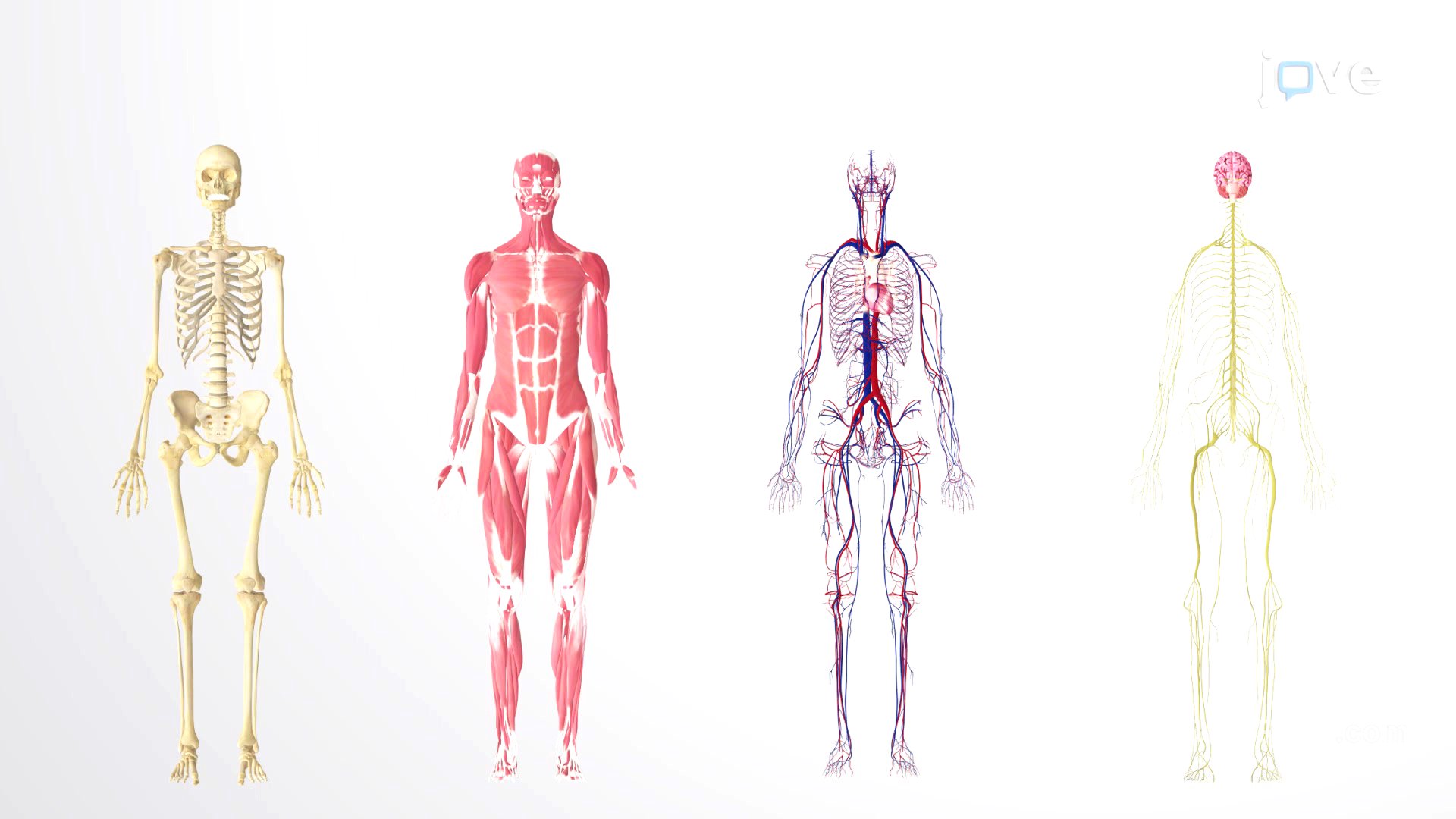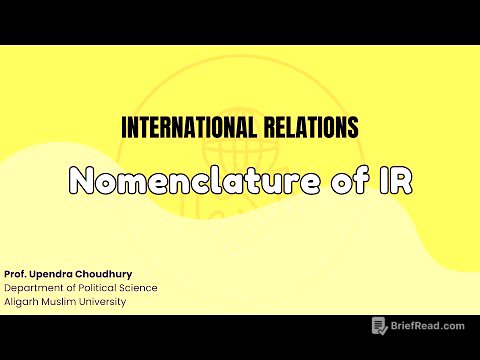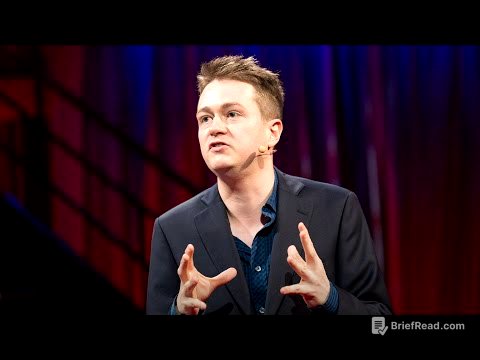TLDR;
This text outlines the essential functions of human life, which include metabolism, movement, development, growth, and reproduction. Metabolism involves anabolism (building complex molecules) and catabolism (breaking down complex molecules). Movement encompasses actions at joints, organs, and cells. Development includes growth, repair, and cell differentiation. Growth is the increase in body size through cell multiplication and the increase of non-cellular material. Reproduction ensures the continuation of the species through sexual reproduction.
- Metabolism: Anabolism and catabolism for energy and building.
- Movement: Actions at joints, organs, and cells.
- Development: Growth, repair and cell differentiation.
- Growth: Increase in body size.
- Reproduction: Continuation of the species.
Functions of Life
Human life is characterized by essential functions such as metabolism, movement, development, growth, and reproduction, all vital for survival and well-being.
Metabolism
Metabolism is the basic function where organisms consume energy and molecules from food, converting some into fuel for movement, sustaining body functions, and maintaining body structures. It includes anabolism, where smaller molecules combine into larger ones, and catabolism, where larger molecules break down into smaller ones, releasing energy. Together, these processes enable the body to use nutrients from food to assemble necessary structures and substances.
Movement
Human movement involves actions at the body's joints, the motion of individual organs, and even individual cells. Muscle cells contract and relax to maintain posture. The body coordinates muscle groups to facilitate air movement in and out of the lungs, circulate blood, and propel food through the digestive tract.
Development, Growth and Reproduction
Development includes all the changes the body experiences throughout life, including growth and repair, both of which involve cell differentiation—the transition of a cell from one type to another. Growth is the increase in body size. Humans grow by increasing the number of existing cells, increasing the amount of non-cellular material around cells, and, to a limited extent, increasing the size of existing cells. Reproduction is a fundamental function that allows for the continuation of the species through sexual reproduction, involving the fusion of male and female gametes to form a zygote, which develops into an embryo and eventually a baby.









